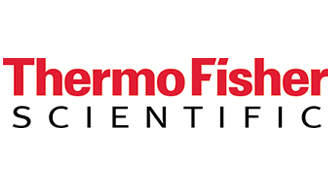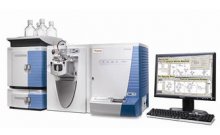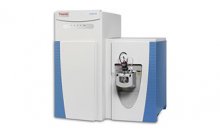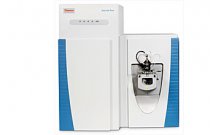超快速色谱与高分辨质谱联用直接分析红酒样品分析
摘要:
Red wine is a very complex mixture and a rich source of beneficial anti-oxidants. Identification and quantitation of these natural products is challenging. Ultra High Pressure Liquid Chromatography (U-HPLC) coupled to the Thermo Scientific LTQ Orbitrap XL mass spectrometer was used for analysis of French red wine, which enabled simultaneous detection and relative quantitation of the wine's anti-oxidant constituents. The phenolic compounds (such as quercetin) responsible for most of the health benefits associated with the consumption of red wine were identified and their variable content across two different harvest years was observed. Direct wine analysis approach was then applied to monitor the progressive changes in red wine after its exposure to air. This work demonstrated the feasibility of analyzing complex mixtures without any prior sample preparation by making use of the high resolving power of both U-HPLC and the Orbitrap™ mass analyzer detector.
仪器:
结论:
As consumers are becoming increasingly aware of the harmful as well as helpful content of what they eat and drink, modern powerful analytical tools will undoubtedly play a crucial role to supply that information more accurately and quickly. Albeit a very complex mixture, red wine is perfectly suitable for mass spectrometric supported by SIEVE differential expression software. Such ‘fingerprinting’ analysis can be applied in quality control and process monitoring, and for highlighting relevant nutritional value to consumers.
• U-HPLC affords fast analysis times while maintaining very high chromatographic resolution (peak width 7 seconds at half height).
• The mass deviation of the LTQ Orbitrap XL measurements was always smaller than 2 ppm using external calibration up to one day old.
• Higher collision energy dissociation MS/MS spectra confirm the identity and structure of compounds in complex mixtures.
• Accurate mass measurements also significantly improve the precision of quantitation by eliminating nearly isobaric interferences. This is a particularly important aspect for complex mixture analyses, which red wine undoubtedly is.
• The methodology described here is extremely robust, allowing for an uninterrupted analysis of 24 untreated red wine samples (continued analysis over an 8-hour period).




